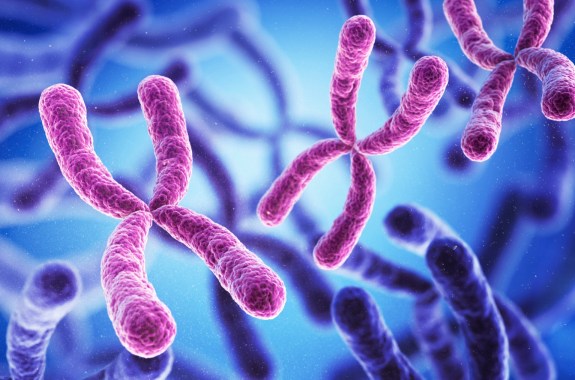Educate
Free STEM activities, lessons, and resources for all learners.
Termite Symbiosis
In this activity, students will sort and classify interactions between pairs of organisms under the appropriate symbiotic relationship of commensalism, parasitism, and mutualism. Then students will observe mutualism in action, as they perform a termite dissection.
Design Your Own Wind Powered Turbine
Learn the parts of a wind turbine, build your own out of recyclable materials, and test it to determine how to harnesses the most wind.
Discover DNA By Making Colorful Chromosomes
Discover how human physical traits are determined by specific segments of genes, then build a simplified model of a pair of chromosomes.
Brine Shrimp: Getting to Know a Salt Water Arthropod
In this activity, students will assemble a small saltwater aquarium to raise and observe brine shrimp. Then students will observe and record the growth of brine shrimp through various stages of their life cycle, and examine their various anatomical features.
Pinhole Viewer
By building their own pinhole camera, students will learn how cameras, telescopes, and their own eyes use light in similar ways.
Fossil Detectives: Use Paleontology To Solve Dino Mysteries
Act like a fossil detective—or paleontologist—to observe and examine a set of fossils to classify them as body fossils and trace fossils.
Delicious Smelling Chemistry
Use household materials to investigate and explore your ability to smell an odor, then compare and contrast results to determine if some individuals have a better sense of smell than others. Observe the Maillard reaction and how different odor molecules are released into the air.
Make a Speaker
In this activity, students will learn how an electromagnet works by making a simple one. Using this knowledge, students will design a diagram to make a working speaker using household materials. Then students will follow instructions on one method of making a speaker, and test their own designs to compare results.
Glowing in the Dark: Testing Phosphorescence
Learn about phosphorescence and how certain materials can absorb and store energy from a light source. Then discover which type of light gets the brightest glow from a glow-in-the-dark star.
How to Cultivate Moss
In this activity, to learn about the biological needs of mosses, students will grow and maintain their own moss terrarium. Through daily maintenance and observation, students will identify those factors necessary for the successful cultivation of moss.



